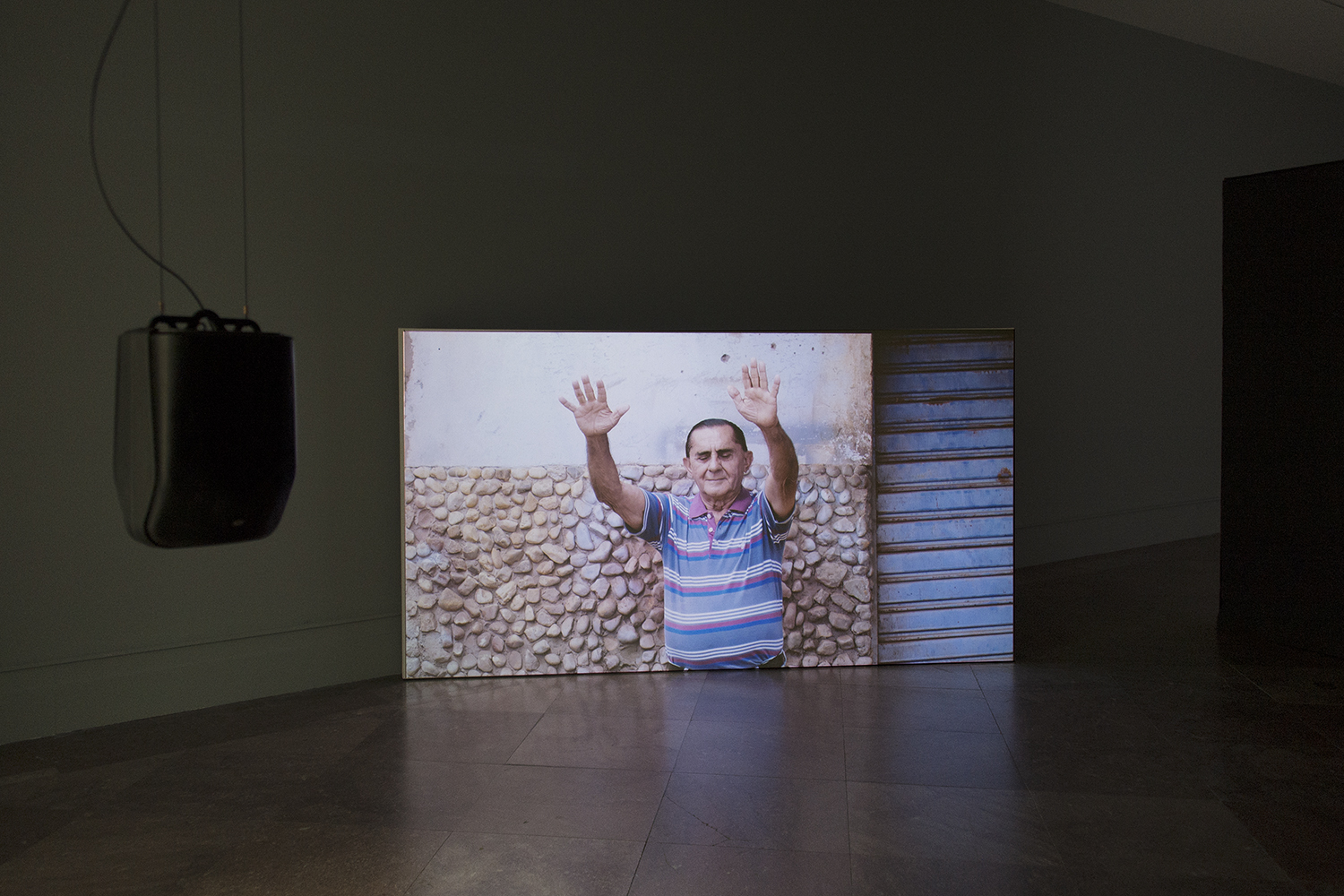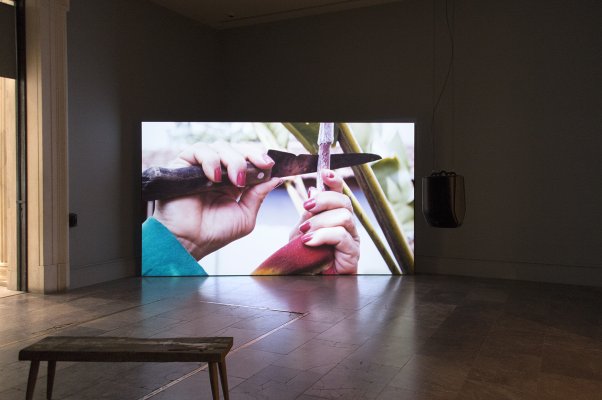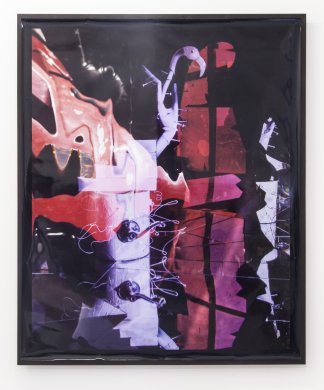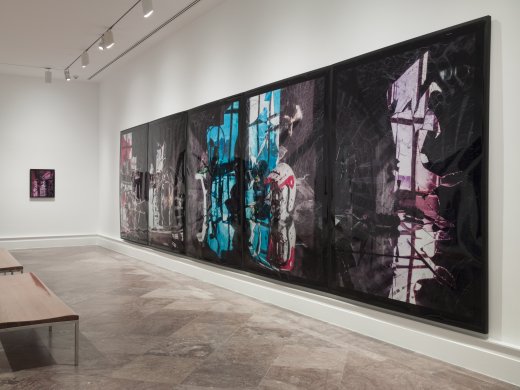Studies for A Minor History of Trembling Matter represents more than a decade of engagement on the part of artists Tamar Guimarães and Kasper Akhøj with the historical and cultural legacy of Spiritism in Brazil. Spiritism, a philosophical practice that works to reconcile belief in invisible spirits with science, has as many as twenty million adherents in the country.
Guimarães’s 2007–08 narrated slide projection, A Man Called Love, was based on her research into the life of popular psychic writer Francisco Candido Xavier and the way in which it intersected with Brazil’s own political realities and histories of resistance during the years of the country’s repressive military dictatorship (1964–85). In 2013, Guimarães and Akhøj collaborated on the film Captain Gervasio’s Family, which narrates one medium’s efforts to map the invisible and interconnected communities of spirits that Spiritists believe hover above present-day Brazil. In A Minor History of Trembling Matter, Guimarães and Akhøj return to Palmelo, a small and dusty town of two thousand inhabitants in the interior of the state of Goiás, Brazil. Half of Palmelo’s inhabitants are mediums, and A Minor History of Trembling Matter explores their roles in leading and partaking in daily communal rituals of psychic healing.

The stories told by Guimarães and Akhøj are hypothetical and alternate approaches to narrative, and A Man Called Love, Captain Gervasio’s Family, and A Minor History of Trembling Matter each potentially rehearse and retell the stories found in the others. As a way of highlighting this aspect of their practice, Guimarães and Akhøj present A Minor History of Trembling Matter in an unfinished or alternate state at the Albright-Knox as a series of three video projections and eight photographs. Later this year, A Minor History of Trembling Matter will be included in another form at the Los Angeles County Museum of Art as part of Pacific Standard Time: LA/LA.




